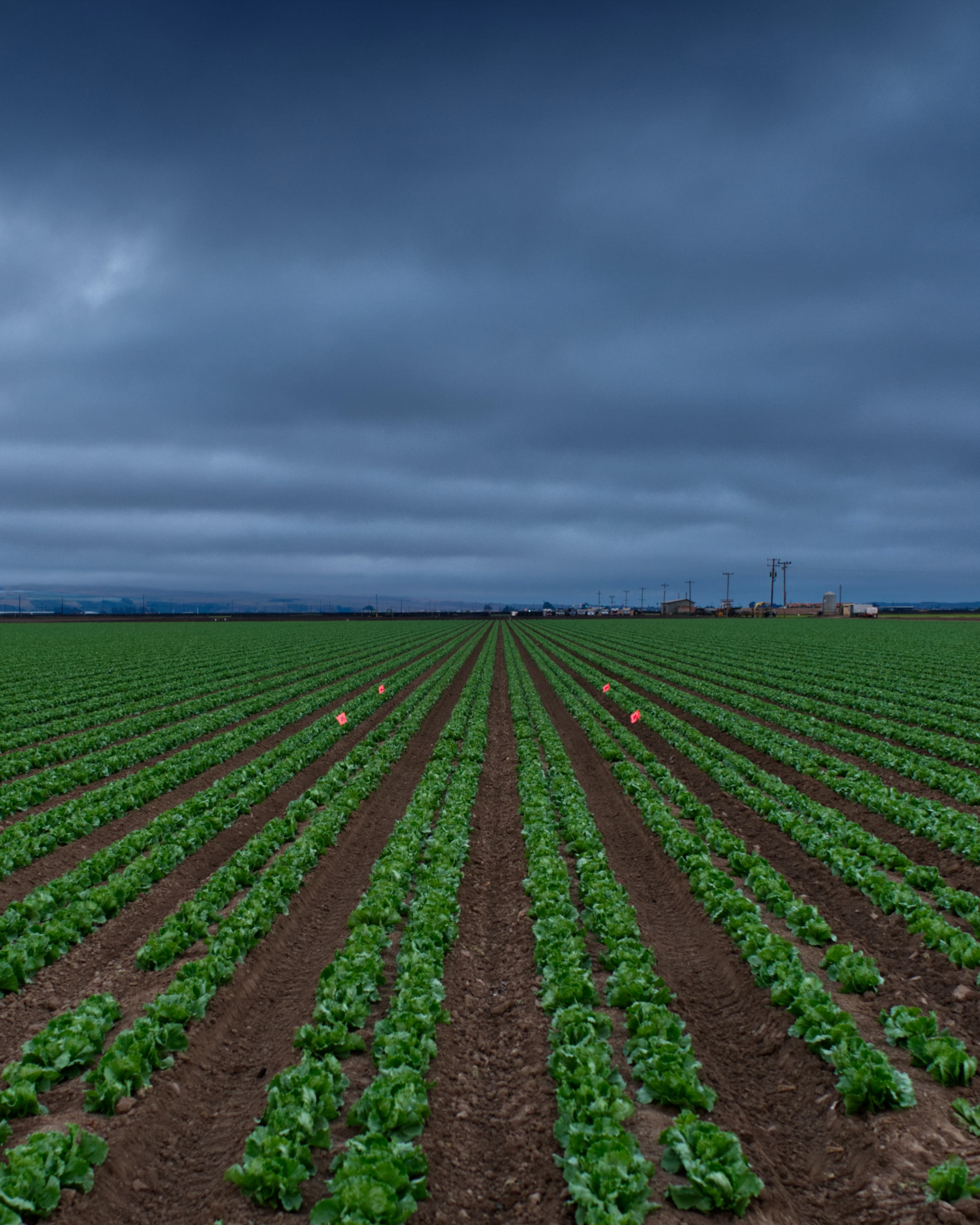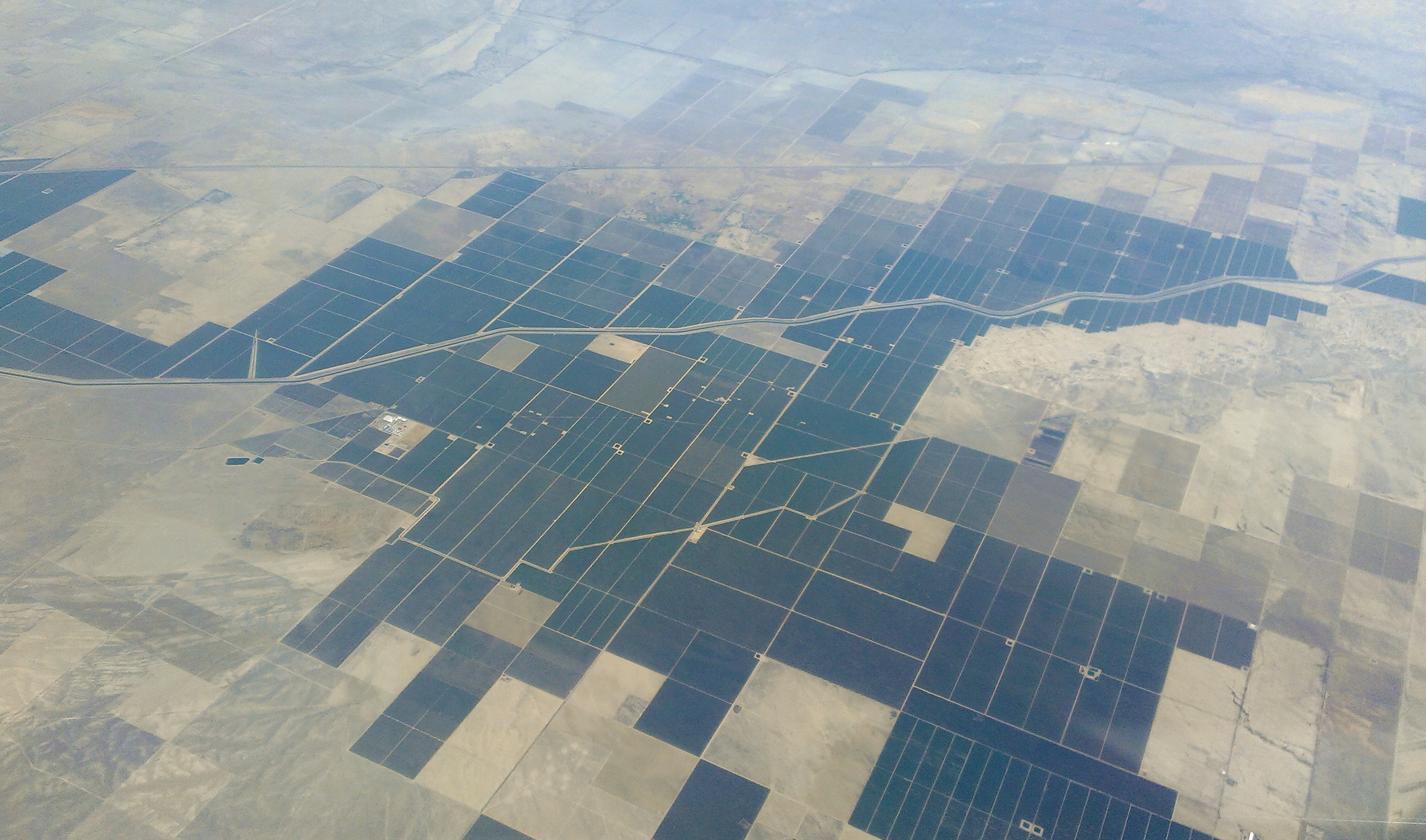
As agriculture in the United States evolves, it’s becoming more intensive and less complex. That means larger fields, more cropland and less crop diversity with fewer crops in rotation.
Ecological theory generally holds that diversity promotes stability in biological systems. Bren Assistant Professor Ashley Larsen was curious how these tenets translate to agricultural landscapes, particularly with respect to crop pests.
Larsen and her colleague Frederik Noack, at the University of British Columbia, analyzed 13 years of data from Kern County, California — which consistently tops lists of the nation’s most valuable agricultural counties — and discovered that less diverse croplands led to greater variability in pesticide use as well as to higher peak pesticide application. Their findings appear in the journal Nature Sustainability.
Larsen and Noack scoured the county records from 2005 through 2017 focusing on factors such as field size, as well as the amount and diversity of croplands. What they saw seemed to sync with their predictions. “We find increasing cropland in the landscape and larger fields generally increase the level and variability of pesticides, while crop diversity has the opposite effect,” the authors wrote.

As field size increases, the area gets larger more quickly than the perimeter. This means that smaller fields have proportionally larger perimeters. And a larger perimeter may mean more spillover from nearby predators like birds, spiders and ladybugs that eat agricultural pests.
Smaller fields also create more peripheral habitat for predators and competitors that can keep pest populations under control. And since the center of a smaller field is closer to the edge, the benefits of peripheral land in reducing pests extends proportionally farther into the small fields.
Landscapes with diverse crops and land covers also correlated with reduced pesticide variability and overall use. Different crops in close proximity foster a variety of different pests. Though this may sound bad, it actually means that no single species will be able to multiply unimpeded.
“If agriculture is very simplified, there’s little stopping a big outbreak of one type of pest,” Larsen said. “If you’re a pest in a monoculture, and that’s your host crop, you have almost unlimited food resources.”
Further reading:
The Ecology of Crop Pests, The UCSB Current
Impact of local and landscape complexity on the stability of field-level pest control, Nature Sustainability, 09 Nov 2020
Land cover and climate changes drive regionally heterogeneous increases in US insecticide use, Landscape Ecology, 01 Oct 2020